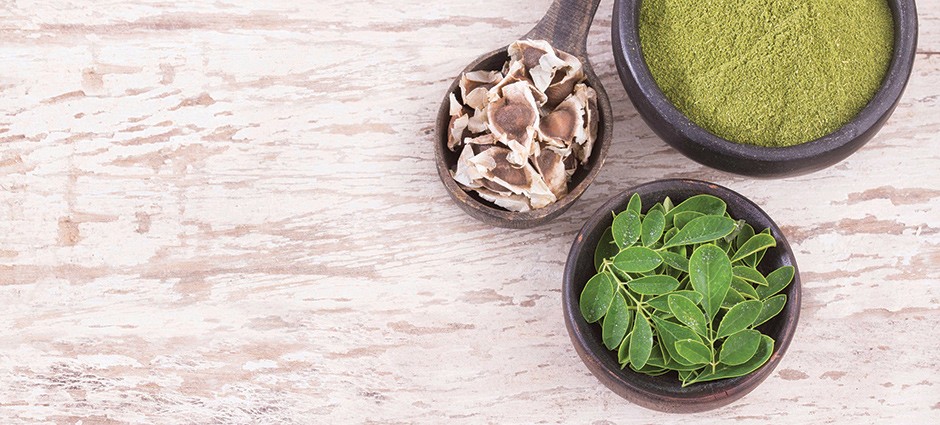What Is It?
Moringa is a tree native to tropical and subtropical regions of Asia and Africa, although the primary species used for supplements (Moringa oleifera) hails from the Himalayan foothills. Its aliases include “drumstick tree,” based on the shape of its seed pods, and “horseradish tree,” for the taste of its root when ground. However, most moringa supplements come from the plant’s leaves.
Use It For
Moringa helps with managing diabetes, obesity, inflammation and asthma; liver health; breast-milk production; and hormone balance.
The Science
Well-designed human studies of moringa are too sparse to definitively claim therapeutic benefits. But results of the few studies that do exist—combined with a larger pool of animal and in vivo research, plus anecdotal evidence from centuries of use—are promising. For example, animal studies, such as one published in 2012 in Molecular Nutrition and Food Research, consistently suggest moringa effectively battles insulin resistance and weight gain. At least one human study produced similar results.
How to Take It
Supplements primarily appear in powder or liquid extract form. The powder can be added to smoothies (expect a grassy or even radish-like flavor) or other beverages (but avoid heating it, which may diminish nutrients), or eaten directly (place under your tongue for quick absorption). The extract can also be placed under the tongue or added to a beverage.
Not Created Equal
Moringa leaves are high in iron, vitamins A and C, some B vitamins, magnesium and more, but concentrations in actual products vary widely, depending on the plant’s source and the product’s production process. Select reputable brands, and check labels before you buy.

